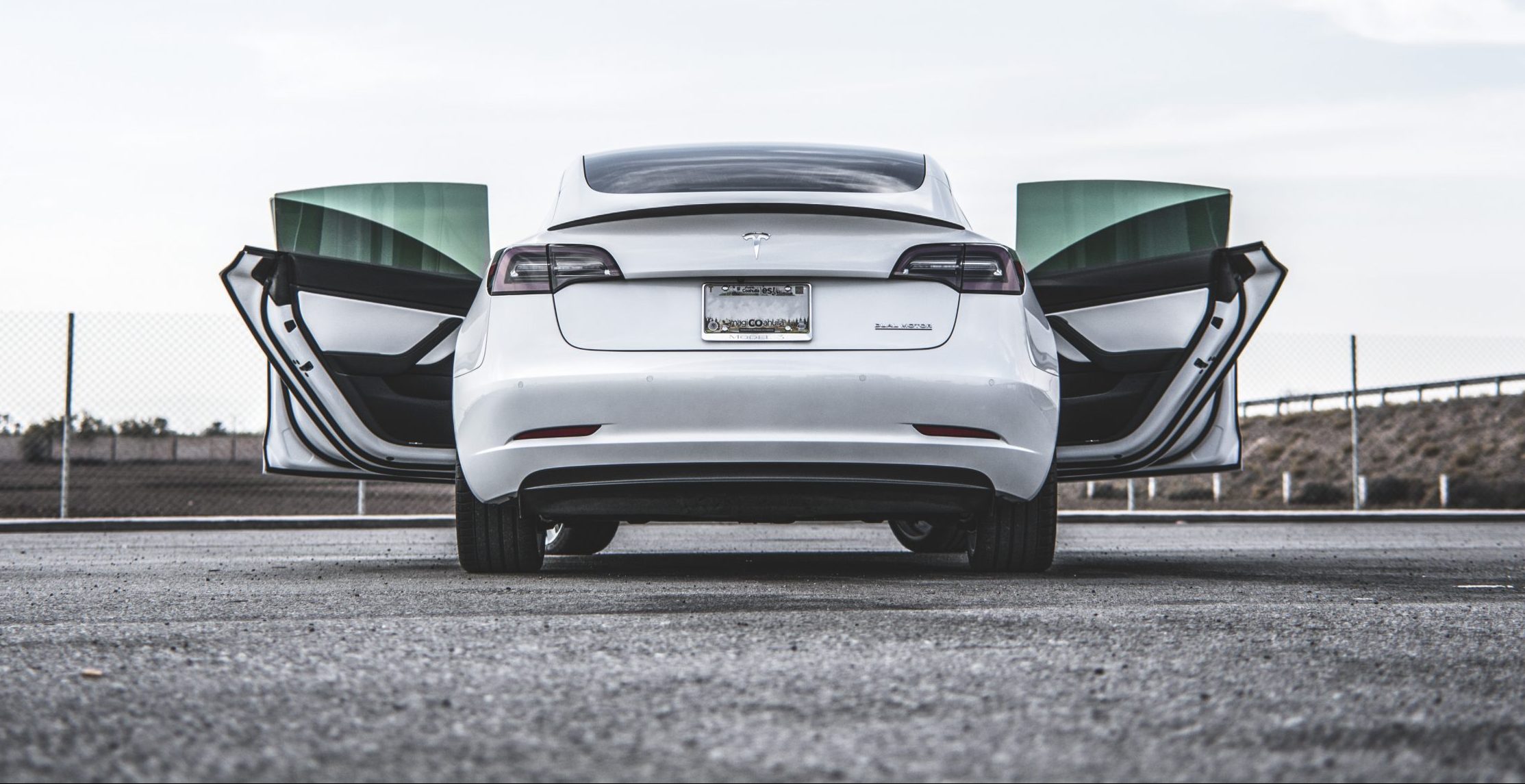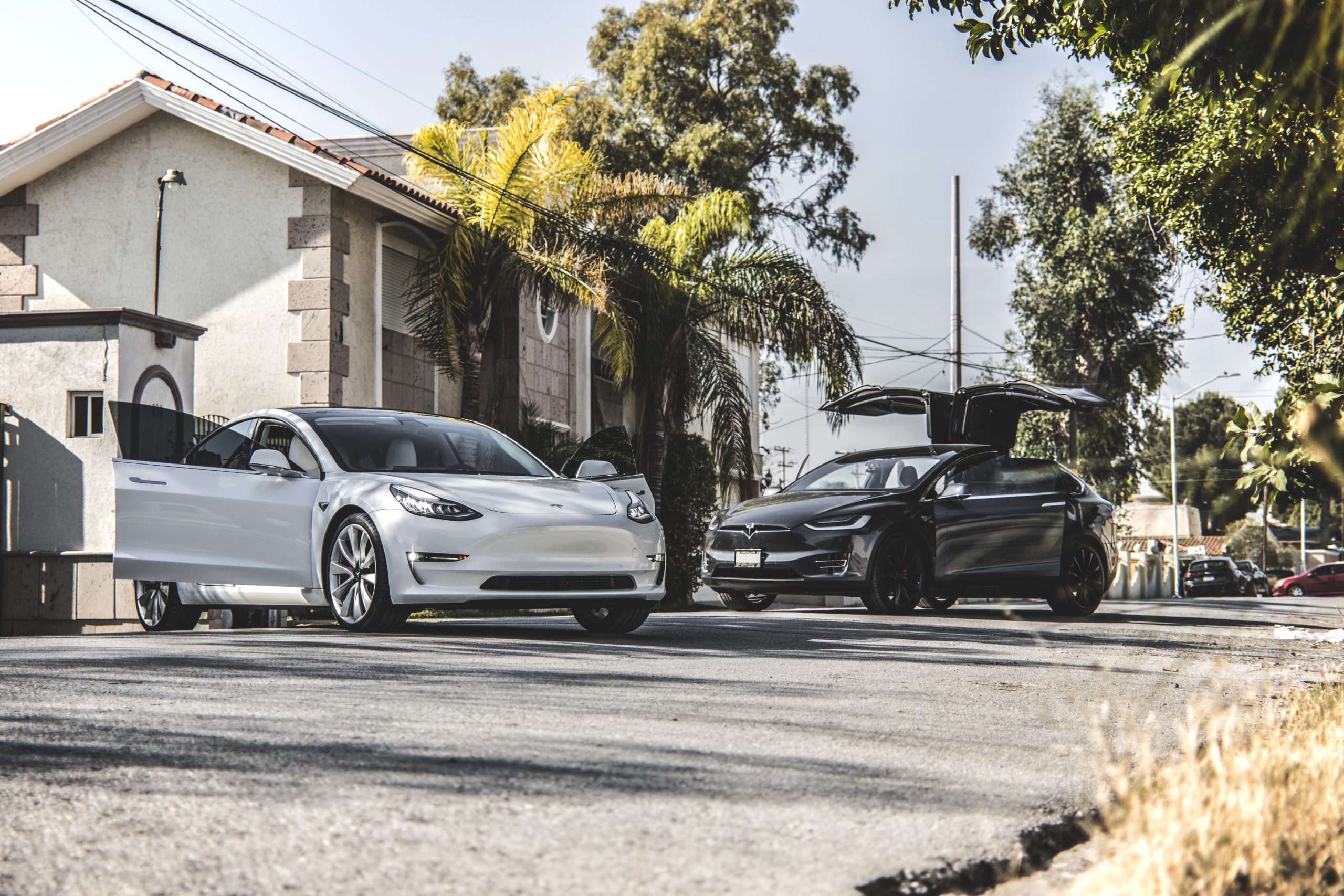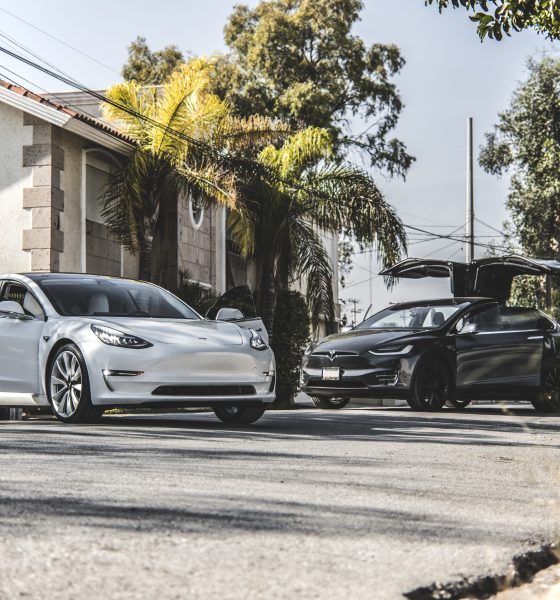The Tesla Model X SUV has been named as the new-energy vehicle with the best value retention rate in China, according to a new survey. Meanwhile, the Model 3 sedan was recognized as the most valuable second-hand vehicle in the U.S, a study from iSeeCars said.
The China Automobile Dealers Association (CADA) released a survey that tested the value retention of new-energy vehicles. Any Battery Electric Vehicle, Plug-In Hybrid Electric Vehicle, or Fuel Cell Electric Vehicle is classified as a “new-energy vehicle,” according to the Chinese government.
The Model X 75D has the highest retention rating of any new-energy vehicle, the CADA survey revealed, holding 67.3% of its value when passed off to a second-hand owner.

Sina Automotive shared the study on their official Weibo account, stating:
“Recently, @中国汽车交通协会 released a report on China’s auto value preservation rate. In terms of new energy models, Tesla’s value preservation rate is still strong. Tesla Model X 75D ranked first in new energy second-hand value retention rate with 67.3%, and Volvo S60 plug-in hybrid value retention rate was at the bottom of 36.6%.”
Tesla electric vehicles tend to keep very high value retention rates compared to other battery-powered cars that are available to consumers. A recent study from iSeeCars, which was published by the automotive journal Car and Driver, indicated that the Tesla Model 3 was the biggest outlier in terms of EVs holding their value.
Electric cars tend to have higher depreciation rates compared to their gas-powered counterparts, losing around 52 percent of their value on average. Meanwhile, new, gas-powered sedans lose about 39 percent of their value. Pickups lose 34 percent.
The reason for the Model 3’s retention is demand and technology, a spokesperson for iSeeCars said.

“The Tesla Model 3 is still very much in high demand since it started production in 2017,” the spokesperson stated. “Even though it doesn’t present a bargain compared to its new-car price, it offers consumers a more affordable option for owning a Tesla.”
It is no secret that, of the available EVs in either the U.S. or Chinese markets, Tesla creates the most affordable vehicles with the best technology. There are cheaper options than the Model 3, even if a consumer is willing to buy a pre-owned car. However, those cars do not pack the range or technological developments that Tesla has.
Although the value retention of Tesla’s vehicles is higher, there is still an advantage to owning the company’s cars for buyers. Not only will that value retain itself while the new owner uses the vehicle, but it also shaves a few thousand dollars off of the price of a Tesla, making them slightly more affordable for those who are interested in driving a sustainable electric vehicle.
It proves that buying an electric car from the leader in EVs is undoubtedly a solid investment.

News
Tesla China quietly posts Robotaxi-related job listing
Tesla China is currently seeking a Low Voltage Electrical Engineer to work on circuit board design for the company’s autonomous vehicles.

Tesla has posted a new job listing in Shanghai explicitly tied to its Robotaxi program, fueling speculation that the company is preparing to launch its dedicated autonomous ride-hailing service in China.
As noted in the listing, Tesla China is currently seeking a Low Voltage Electrical Engineer to work on circuit board design for the company’s autonomous vehicles.
Robotaxi-specific role
The listing, which was shared on social media platform X by industry watcher @tslaming, suggested that Tesla China is looking to fill the role urgently. The job listing itself specifically mentions that the person hired for the role will be working on the Low Voltage Hardware team, which would design the circuit boards that would serve as the nervous system of the Robotaxi.
Key tasks for the role, as indicated in the job listing, include collaboration with PCB layout, firmware, mechanical, program management, and validation teams, among other responsibilities. The role is based in Shanghai.
China Robotaxi launch
China represents a massive potential market for robotaxis, with its dense urban centers and supportive policies in select cities. Tesla has limited permission to roll out FSD in the country, though despite this, its vehicles have been hailed as among the best in the market when it comes to autonomous features. So far, at least, it appears that China supports Tesla’s FSD and Robotaxi rollout.
This was hinted at in November, when Tesla brought the Cybercab to the 8th China International Import Expo (CIIE) in Shanghai, marking the first time that the autonomous two-seater was brought to the Asia-Pacific region. The vehicle, despite not having a release date in China, received a significant amount of interest among the event’s attendees.
Elon Musk
Elon Musk and Tesla AI Director share insights after empty driver seat Robotaxi rides
The executives’ unoccupied tests hint at the rapid progress of Tesla’s unsupervised Robotaxi efforts.

Tesla CEO Elon Musk and AI Director Ashok Elluswamy celebrated Christmas Eve by sharing personal experiences with Robotaxi vehicles that had no safety monitor or occupant in the driver’s seat. Musk described the system’s “perfect driving” around Austin, while Elluswamy posted video from the back seat, calling it “an amazing experience.”
The executives’ unoccupied tests hint at the rapid progress of Tesla’s unsupervised Robotaxi efforts.
Elon and Ashok’s firsthand Robotaxi insights
Prior to Musk and the Tesla AI Director’s posts, sightings of unmanned Teslas navigating public roads were widely shared on social media. One such vehicle was spotted in Austin, Texas, which Elon Musk acknowleged by stating that “Testing is underway with no occupants in the car.”
Based on his Christmas Eve post, Musk seemed to have tested an unmanned Tesla himself. “A Tesla with no safety monitor in the car and me sitting in the passenger seat took me all around Austin on Sunday with perfect driving,” Musk wrote in his post.
Elluswamy responded with a 2-minute video showing himself in the rear of an unmanned Tesla. The video featured the vehicle’s empty front seats, as well as its smooth handling through real-world traffic. He captioned his video with the words, “It’s an amazing experience!”
Towards Unsupervised operations
During an xAI Hackathon earlier this month, Elon Musk mentioned that Tesla owed be removing Safety Monitors from its Robotaxis in Austin in just three weeks. “Unsupervised is pretty much solved at this point. So there will be Tesla Robotaxis operating in Austin with no one in them. Not even anyone in the passenger seat in about three weeks,” he said. Musk echoed similar estimates at the 2025 Annual Shareholder Meeting and the Q3 2025 earnings call.
Considering the insights that were posted Musk and Elluswamy, it does appear that Tesla is working hard towards operating its Robotaxis with no safety monitors. This is quite impressive considering that the service was launched just earlier this year.
Elon Musk
Starlink passes 9 million active customers just weeks after hitting 8 million
The milestone highlights the accelerating growth of Starlink, which has now been adding over 20,000 new users per day.

SpaceX’s Starlink satellite internet service has continued its rapid global expansion, surpassing 9 million active customers just weeks after crossing the 8 million mark.
The milestone highlights the accelerating growth of Starlink, which has now been adding over 20,000 new users per day.
9 million customers
In a post on X, SpaceX stated that Starlink now serves over 9 million active users across 155 countries, territories, and markets. The company reached 8 million customers in early November, meaning it added roughly 1 million subscribers in under seven weeks, or about 21,275 new users on average per day.
“Starlink is connecting more than 9M active customers with high-speed internet across 155 countries, territories, and many other markets,” Starlink wrote in a post on its official X account. SpaceX President Gwynne Shotwell also celebrated the milestone on X. “A huge thank you to all of our customers and congrats to the Starlink team for such an incredible product,” she wrote.
That growth rate reflects both rising demand for broadband in underserved regions and Starlink’s expanding satellite constellation, which now includes more than 9,000 low-Earth-orbit satellites designed to deliver high-speed, low-latency internet worldwide.
Starlink’s momentum
Starlink’s momentum has been building up. SpaceX reported 4.6 million Starlink customers in December 2024, followed by 7 million by August 2025, and 8 million customers in November. Independent data also suggests Starlink usage is rising sharply, with Cloudflare reporting that global web traffic from Starlink users more than doubled in 2025, as noted in an Insider report.
Starlink’s momentum is increasingly tied to SpaceX’s broader financial outlook. Elon Musk has said the satellite network is “by far” the company’s largest revenue driver, and reports suggest SpaceX may be positioning itself for an initial public offering as soon as next year, with valuations estimated as high as $1.5 trillion. Musk has also suggested in the past that Starlink could have its own IPO in the future.










